Goal Setting in a Global Environment: Management Essay
VerifiedAdded on 2020/04/07
|5
|1214
|515
Essay
AI Summary
This essay explores the critical role of goal setting in management and organizational success, referencing the Miles and Vergen landmark study. It delves into the three essential conditions for effective goal setting: achievability, believability, and conceivability. The essay examines how goal acceptance, specificity, and difficulty influence motivation and performance. It emphasizes the importance of setting goals that are challenging yet realistic, promoting individual motivation and avoiding the pitfalls of overly ambitious or overly simplistic targets. The essay concludes by reinforcing the significance of measurable goals and continuous feedback to track progress and optimize performance in a global environment.
1 out of 5
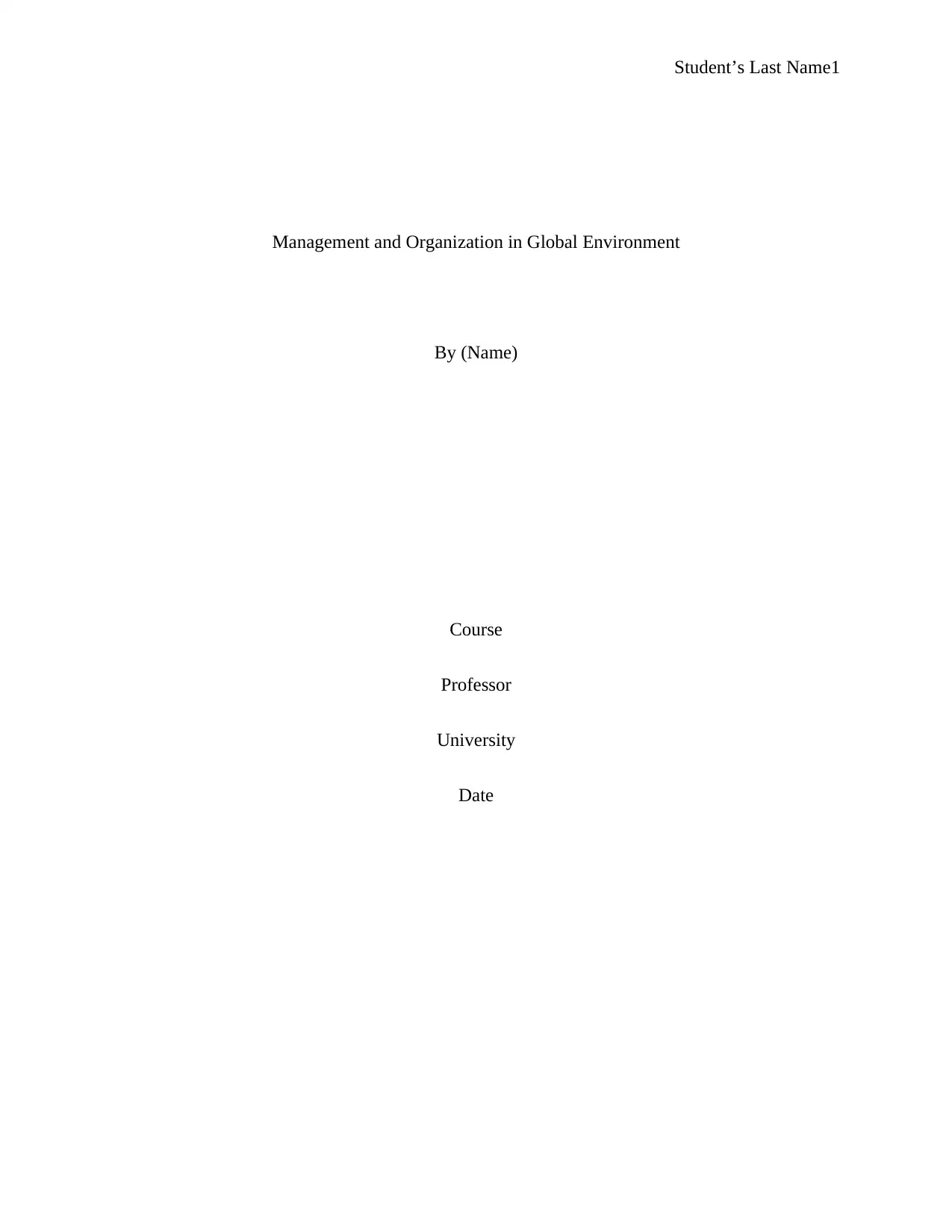
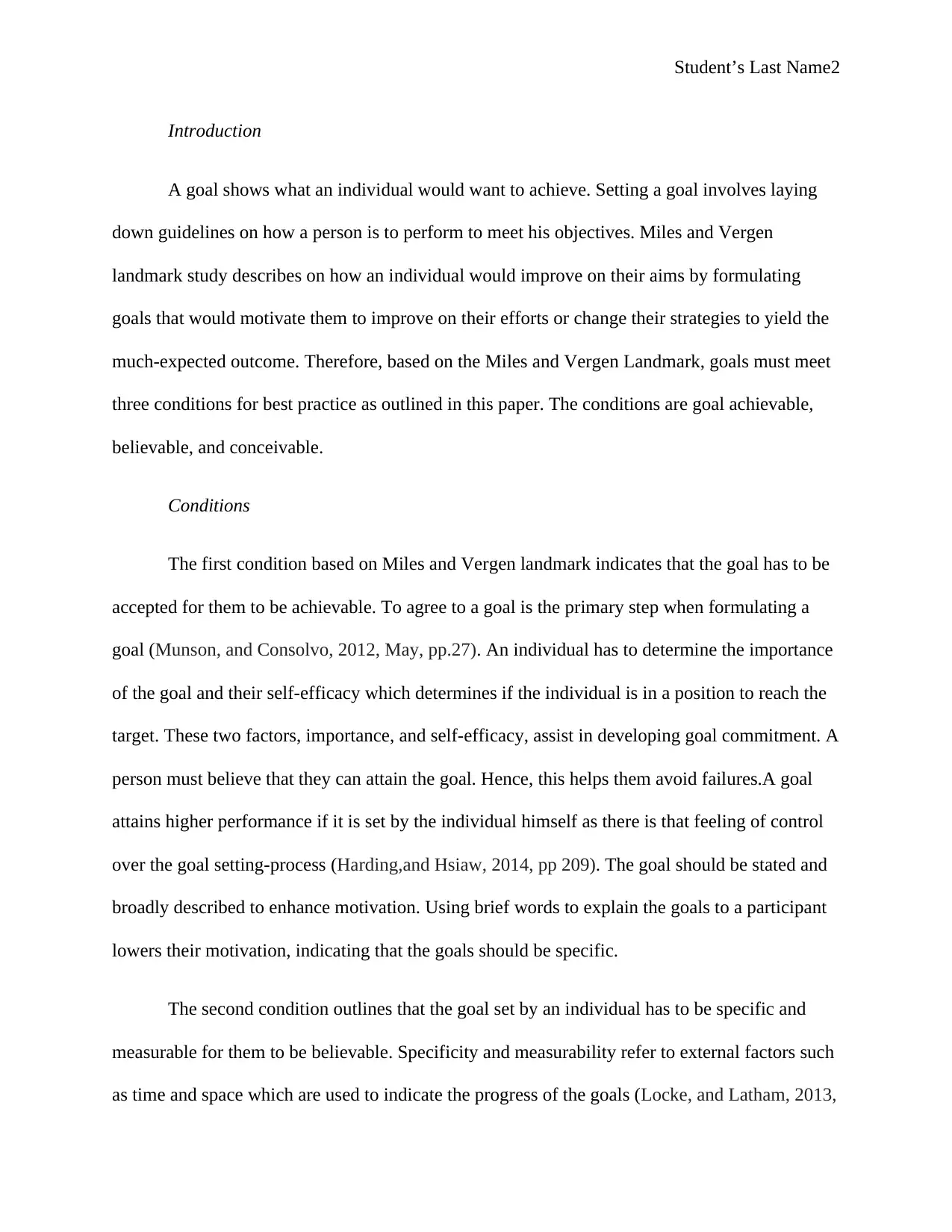
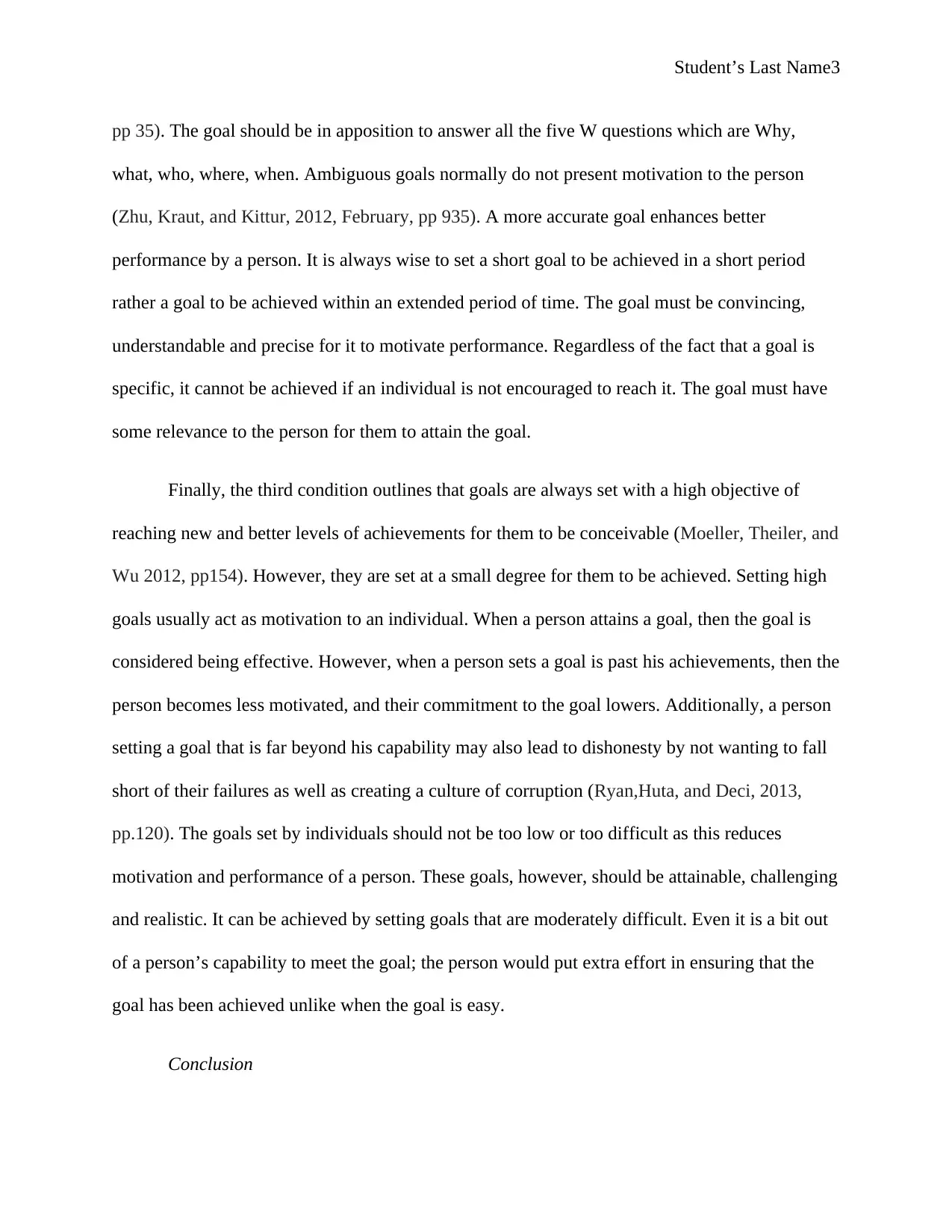
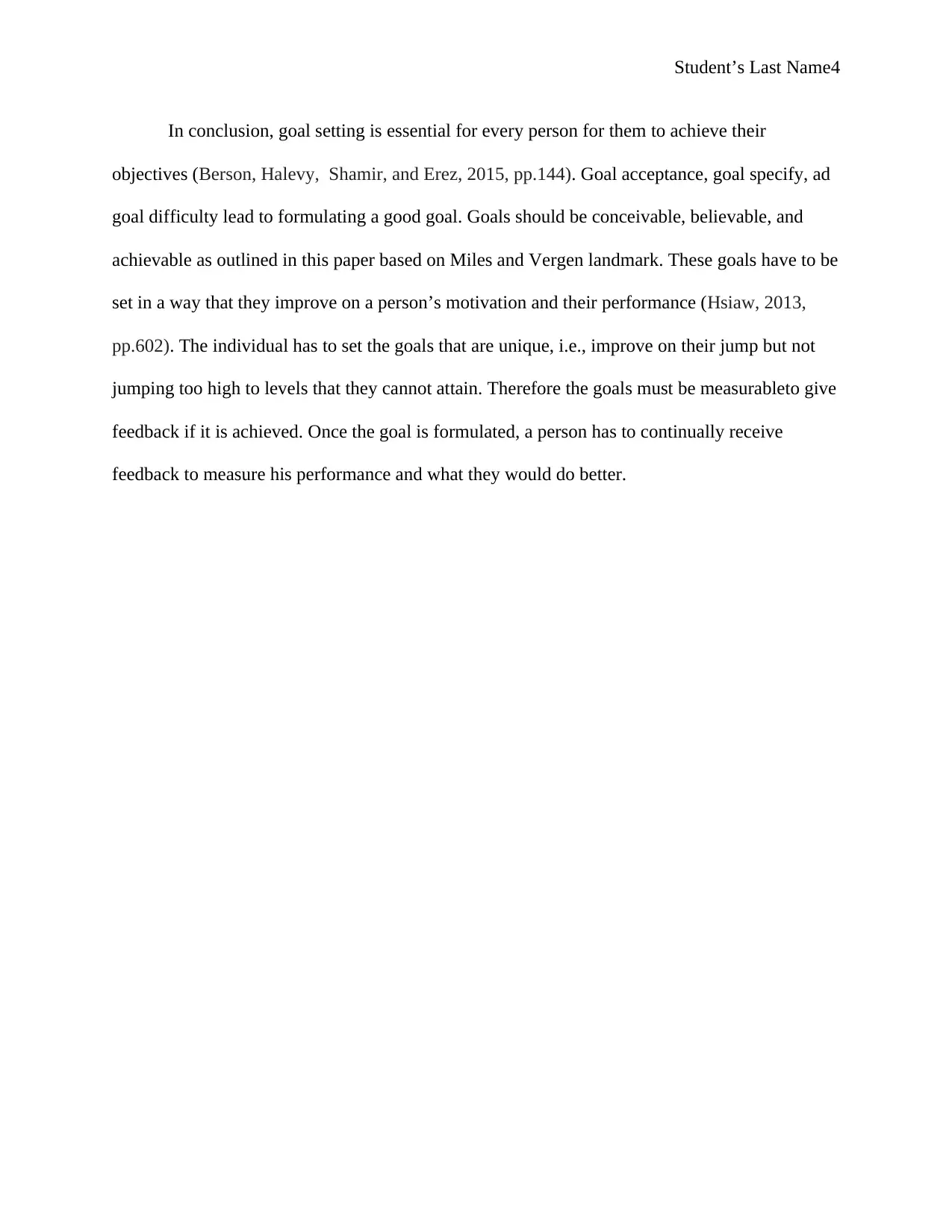
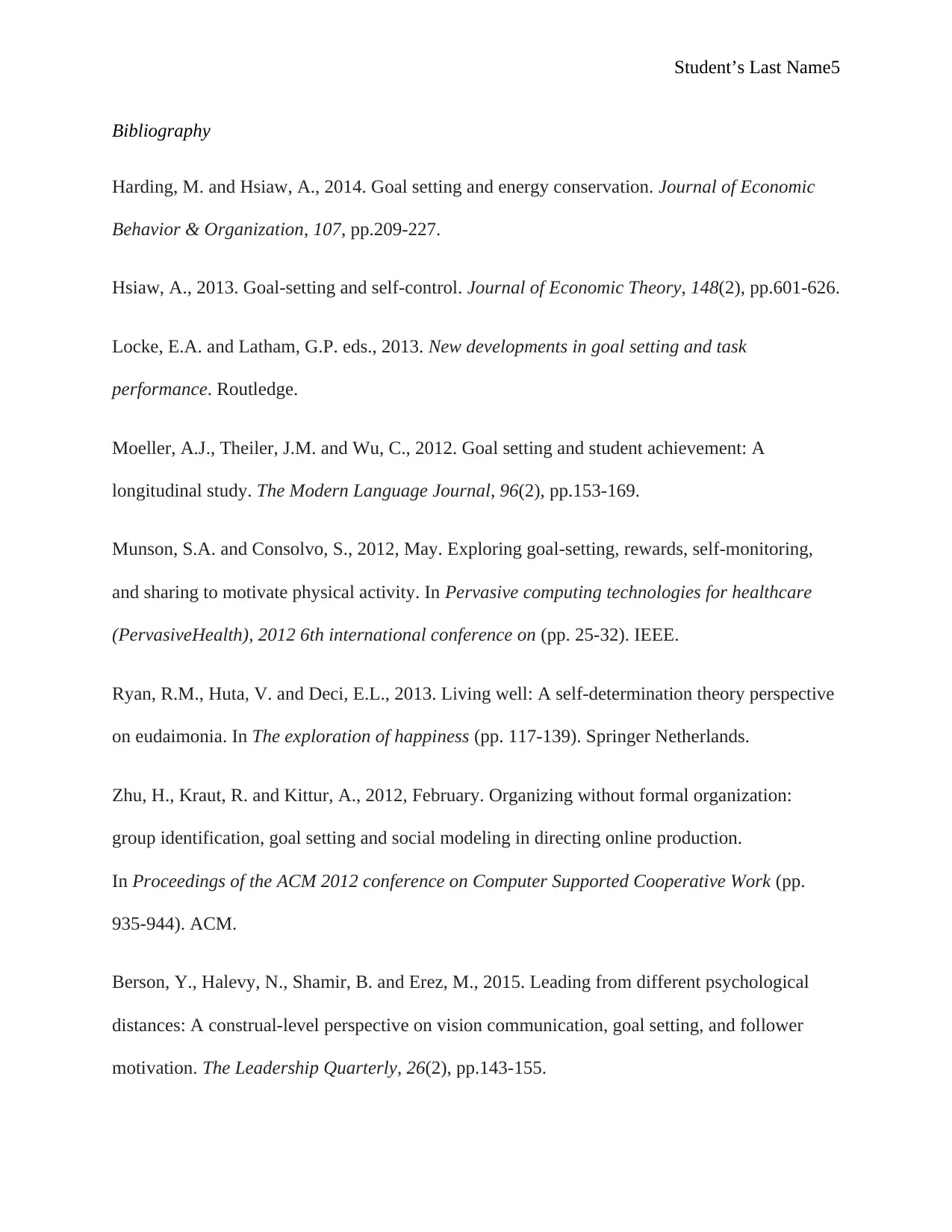






![[object Object]](/_next/static/media/star-bottom.7253800d.svg)